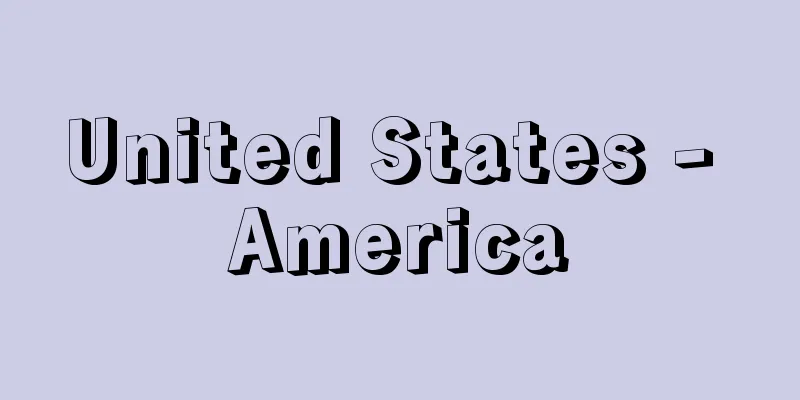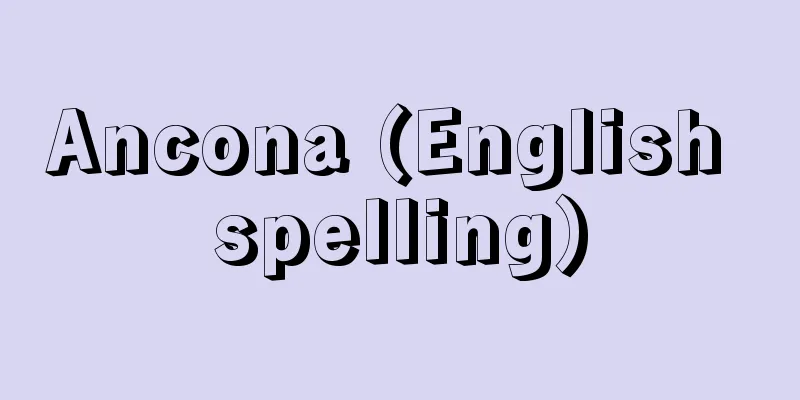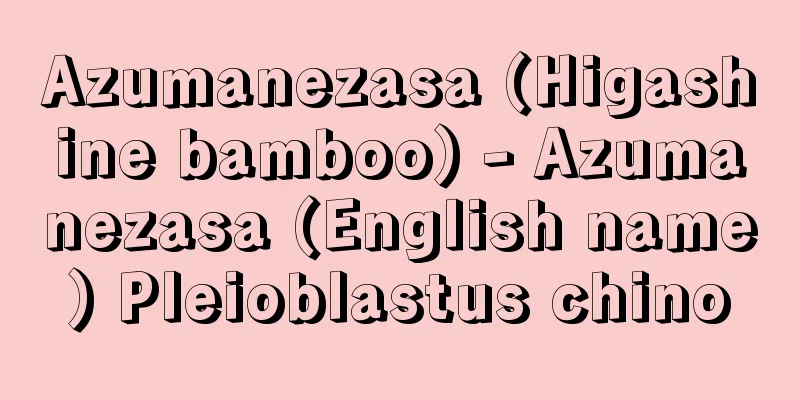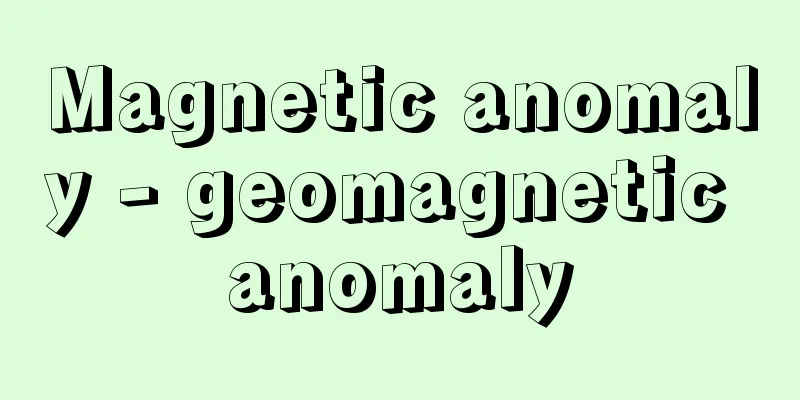Coastal Fisheries - Engangyogyo
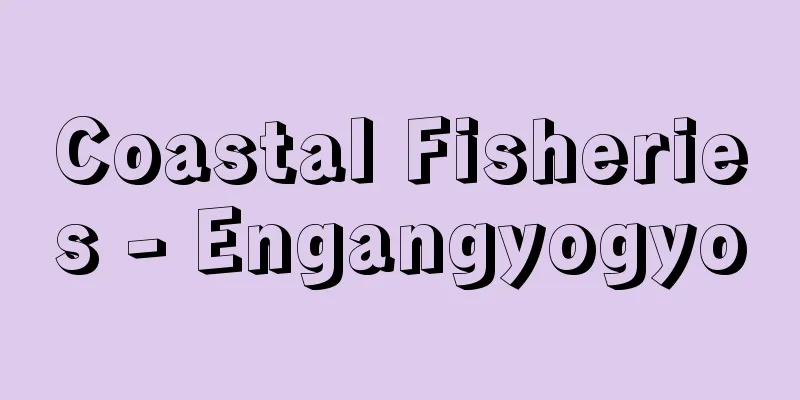
|
Fisheries conducted near shore. They are conducted in waters where fishing can be done in a day, and are the opposite of deep-sea or offshore fishing. They are also called coastal fisheries. They are classified into small motorized and unmotorized boats under 10 tons, fixed net fishing, and shallow-sea aquaculture. Of these, fishing boat fisheries include small bottom trawl fishing, angling, longline fishing, gillnet fishing, shellfish harvesting, and seaweed harvesting. Fixed net fishing targets schools of fish migrating along the coast, and uses net fishing gear that is set in a fixed location for a long period of time. Shallow-sea aquaculture includes yellowtail (yellowtail), red sea bream, horse mackerel, oysters, scallops, pearls, kuruma prawns, nori, wakame, and kombu. Coastal fisheries are generally run by one to three employees, and are generally run by family labor. Based on the production style that has been practiced as a livelihood since ancient times, coastal fisheries have supported the increase in production volume through improvements in fishing techniques and development of distribution channels. Before the Second World War, Japan's fishing industry was centered on coastal fisheries. However, for a period after the war, the ban on deep-sea fishing led to overfishing of coastal fisheries, and production volume dropped sharply due to the disappearance of fishing grounds due to wastewater from industrial development and land reclamation for coastal industrial use. Moreover, with the establishment of the 200-nautical-mile exclusive economic zone (exclusive economic zone for fisheries), restrictions on the use of marine areas have become widespread worldwide, and the fishing grounds for deep-sea and offshore fisheries are shrinking. In this situation, coastal fisheries that utilize the waters unique to Japan have once again attracted attention. In addition, the remarkable development of shallow-water aquaculture has supported the production volume of coastal fisheries, but coastal urbanization and industrialization have led to seawater pollution due to the inflow of wastewater or self-pollution, and the occurrence of red tides, which are becoming serious problems in many areas. In 2008, coastal fisheries accounted for 94.6% of the total in Japan's fishing industry, with 109,000 management entities, and 62.2% of the total employees, with 138,000 people, in 2008. However, the productivity of coastal fisheries and the standard of living of those involved are generally quite low compared to deep-sea and offshore fisheries. In order to improve this situation, the government began a 10-year coastal fisheries structure improvement project in 1962, which provided support for the modernization and promotion of management in coastal areas, including the improvement and creation of fishing grounds, the construction of large fish reefs, fishing communications, ice-making, freezing, refrigeration, aquaculture facilities, processing, and transportation. Furthermore, the second coastal fishing grounds improvement and development plan and the seventh fishing port improvement plan were formulated from 1982, with the aim of strengthening the fishing production base. However, the coastal fisheries industry is still facing difficult conditions due to soaring fuel prices and stagnant demand for marine products. In order to address this situation, the Coastal Fisheries Revitalization Structural Improvement Project was implemented from 1994 to 1999. The basic objectives of this project are to foster a healthy fishery industry, establish a supply system that matches changes in demand and consumer trends, and revitalize fishing village life by creating a living environment in fishing villages and promoting exchanges with urban residents. Various measures have been implemented based on the Fisheries Basic Plan formulated in 2007. Furthermore, measures to promote the recovery and management of fishery resources, establish a sustainable fishing industry, and promote the coexistence of fishing villages and cities with the diversification of marine use are being promoted. In addition, based on the experience of the Great East Japan Earthquake that occurred on March 11, 2011, the Long-Term Plan for the Development of Fishing Ports and Fishing Grounds was approved at a Cabinet meeting in March 2012, which includes measures to improve the fishery environment, such as creating disaster-resistant and safe regions, ensuring a stable supply of marine products, and responding to international competitiveness. [Kiyoshi Yoshiwara] [References] | | | |Source: Shogakukan Encyclopedia Nipponica About Encyclopedia Nipponica Information | Legend |
|
陸岸近くで行う漁業。日帰りで操業できる程度の海域で行われる漁業であり、遠洋漁業や沖合漁業に対する呼称で、地先漁業ともいう。10トン未満の小型動力船および無動力船による漁船漁業のほか、定置網漁業、浅海養殖業に分類される。このうち、漁船漁業には小型底引網(底曳網)漁業、釣り漁業、延縄(はえなわ)漁業、刺網(さしあみ)漁業、採貝業、採藻業などが含まれる。定置網漁業は沿岸域を回遊する魚群を対象に、一定の場所に長期間敷設しておく網漁具を用い行われる。浅海養殖業には、ブリ(ハマチ)、マダイ、マアジ、カキ、ホタテガイ、真珠、クルマエビ、ノリ、ワカメ、コンブなどが含まれる。 沿岸漁業は一般に1~3人程度の従業者によって営まれ、おおむね家族内労働力によって賄われている。沿岸漁業は古くから生業として営まれてきた生産形態を基本として、漁業技術の向上や流通経路の発達などによって、生産量の増大を支えてきたもので、日本の漁業は、第二次世界大戦以前は沿岸漁業が中心であった。しかし、戦後一時期、遠洋漁業が禁止されたために沿岸漁業が過剰操業となったことや、工業の発達に伴う廃水や臨海工業用地の埋立てによる漁場の消滅などで、生産量は急激に減少した。しかも、200海里排他的経済水域(漁業専管水域)の設定に伴い世界的な海域利用上の制約が広まり、遠洋漁業や沖合漁業の漁場が狭まりつつある。このような情況のなかで、日本固有の水面を利用する沿岸漁業がふたたび注目されるようになった。また、浅海養殖業の目覚ましい発達は、沿岸漁業の生産量を支えてきているが、沿岸の都市化や工業化は、廃水の流入あるいは自家汚染などによる海水汚染、赤潮の発生などをもたらし、各地で深刻な問題となっている。 日本の漁業全体における沿岸漁業の地位は、2008年(平成20)の例では、経営体数10万9000で全体の94.6%、就業者数13万8000人で62.2%を占めるが、生産量は258万トンで海面漁業の59.0%を占めている。しかし、一般には沿岸漁業の生産性や従事者の生活水準は遠洋漁業や沖合漁業に比較してかなり低く、このような状態を改善するため、政府助成によって1962年より10年計画で沿岸漁業構造改善事業が始まり、各地の沿岸地域に対し、漁場の改善造成、大型魚礁の施設、漁業通信、製氷や冷凍、冷蔵、養殖施設、加工、運搬などの経営近代化や、促進対策が図られ、さらに1982年から第二次沿岸漁場整備開発計画、第七次漁港整備計画などを策定し、漁業生産基盤の強化を図った。しかし、燃油価格の高騰や水産物需要の停滞など、沿岸漁業を取り巻く諸情勢は依然厳しい状態に置かれている。このような情勢に対処するため、1994年度(平成6)から1999年度まで沿岸漁業活性化構造改善事業が実施されている。これは健全な漁業の育成、需要変化、消費動向に見合った供給体制の確立、漁村の生活環境づくりおよび都市住民との交流促進などによる漁村生活の活性化を基本目標としており、各種の施策が実施されている。さらに2007年に策定された水産基本計画に基づき、水産資源の回復・管理の推進、持続可能な水産業を確立するための施策や、海域利用の多様化に伴う漁村と都市の共生などの計画を推進している。また、2011年3月11日に発生した東日本大震災の経験を踏まえて、災害に強く、安全な地域づくり、水産物の安定的な供給、国際競争力への対応など水産環境整備を盛り込んだ漁港漁場整備長期計画が2012年3月の閣議で決定された。 [吉原喜好] [参照項目] | | | |出典 小学館 日本大百科全書(ニッポニカ)日本大百科全書(ニッポニカ)について 情報 | 凡例 |
<<: Coast Guard - English spelling: coast guard
Recommend
Minamoto no Yoshitomo
Year of death: 11/01/11 (1160.2.11) Year of birth:...
Philosophy of Law (English: Grundlinien der Philosophie des Rechts)
One of the major works of the German philosopher G...
Diurnal motion
Because the Earth rotates from west to east, all ...
Continuous steelmaking process
A technology that uses a series of equipment to co...
Daphne odora (winter daphne)
An evergreen shrub of the Thymelaeaceae family. Na...
Thistle - Thistle
It is a genus of the Asteraceae family and has abo...
veṇu (English spelling) venu
…It is made of bamboo and has a simple structure ...
Kidneys
The kidneys are organs of the urinary system that...
Hypothalamus -
This area belongs to the diencephalon and occupie...
Karuta Club (Karuta Club) - Karuta Club
This refers to a karuta gathering of the Ogura Hya...
Schlegel, G.
...In the UK, J. Legge was the first professor of...
Chalcogenide Glass - Charcogenide Glass
...Most practically useful glasses are oxide glas...
Paragone
...At this point, the claim was finally made that...
Aikyojuku - Aikyojuku
A private school established by the agrarian ideo...
Lindenmann, J.
…In 1954, Taiichi Nagano and Yasuhiko Kojima disc...

